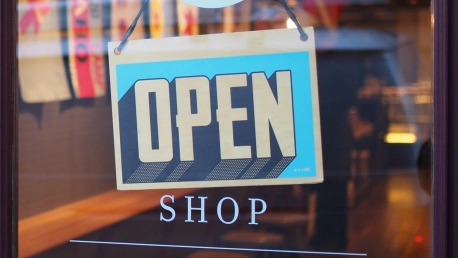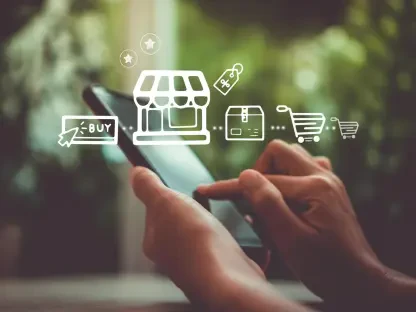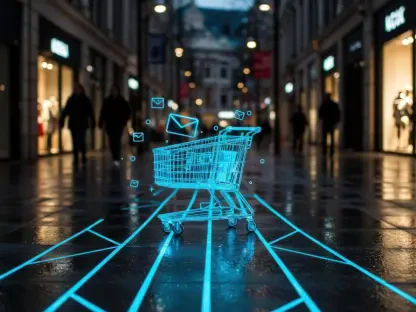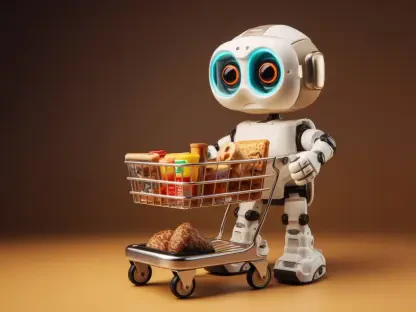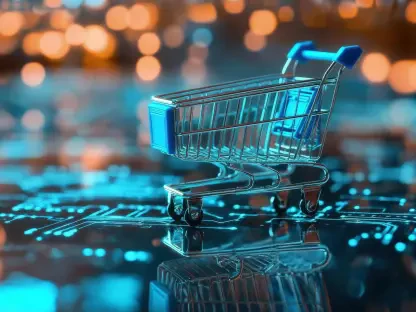As the economy picks up, retail sales grow, and more customers require fast home delivery, warehouses face more demand. The rise of e-commerce and faster delivery times are pressuring logistics companies to get orders out the door as quickly as possible. Logistics and warehouse operators should keep an eye on the exciting technological innovations in the field, as tomorrow’s warehouse will deliver end-to-end execution, control, and agility like never before.
Online retailers and FMCG companies lead the race
Recently, Nestle and XPO Logistics announced the development of the “digital warehouse of the future” in the UK. “Nestlé, the world’s largest food and drink company, and XPO Logistics, a leading global provider of transport and logistics solutions, are co-creating a 638,000-square-foot distribution center at the new SEGRO East Midlands Gateway Logistics Park in Leicestershire, UK. The facility, a digital warehouse of the future, will be occupied predominantly by Nestlé for its consumer packaged goods and will function as a testbed environment for XPO technology prototypes prior to global release”, according to a press release. The site’s digital ecosystem will integrate predictive data and intelligent machines to deliver one of the most advanced distribution management centers in the world. Additional sustainability measures include energy-saving LED lighting, environmentally friendly ammonia refrigeration, air source heat pumps for administration areas and rainwater harvesting.
Last year, Alibaba opened the largest smart warehouse, manned by 60 cutting-edge robots that do 70% of the work. The automated delivery boys are summoned using Wi-Fi, can carry up to 500 kilograms above them around the warehouse floor and have special sensors to avoid colliding with each other. When they run out of battery, they can take themselves to a charging station.
Key roles in a futuristic facility: robots, drones, autonomous vehicles and machine learning
Modern warehouses are working in the dynamic environment of global supply chains. Accelerating the automation trend, industrial robots are taking over more and more processes within the modern smart warehouses. Interconnected warehousing technologies working together form a technological ecosystem where goods are received, identified, sorted, organized and pulled for shipment automatically.
Process automation in an environment ruled by robots
Process automation is done not only via the use of robots that replicate manual tasks, but also through specific software applications and cognitive computing services, such as AI and machine learning. The combination of robotic process automation (RPA) and cognitive computing enables labor to focus on its most important mission: critical activities. Combining robotic process automation with cognitive analytics gives programs the ability to act like humans and make business decisions instantaneously. From suppliers to customers, the best smart warehouse systems automate almost the entire operation with minimal errors.
Drones and RFID tags, a match made in… warehouse
Although it has been around for a while, Radio Frequency Identification will become more sophisticated in the coming years. The benefits of RFID include greater stock visibility and transparency, which offers ease of inventory as well as a reduction in theft. Drones aid with tasks that could require a large number of man-hours. DroneScan specialists are confident their 800g drones, carrying scanners, can count as much stock in two days than an 80-strong team, complete with lift trucks and handheld scanners, could in three days.
M2M solutions and cloud technology
M2M solutions are designed to automate business processes and have a wide use in retail. A really smart solution allows companies to monitor optimum storage conditions and allows an efficient stock management. Also, experts and managers have an increased product visibility through an online, mobile-optimized platform with real-time indicators of the exact location, functionality, temperature, humidity, and weight of products in refrigerators, cabinets and freezer cabinets. Tailored software helps companies operating refrigeration equipment monitor various parameters such as temperature, humidity, brightness, weight or the number of door openings. Data is sent to an IoT platform, which enables remote monitoring and remote management of the equipment. Moreover, some IoT solutions can naturally be extended across the supply chain: from FMCG companies (manufacturers, importers, distributors) who have refrigeration and/or freezing warehouses, further to logistics companies that manage controlled temperature spaces (logistics operators) or companies that provide cold food transportation services. Connected on-site devices (thermometers, sensors, etc.) send data to the IoT platform. Based on the data received, the platform analyzes information, reports and decides to send alarms or operate other remote devices. The data is stored, processed and reported according to the customer’s wishes. Based on the report’s findings, the customer can make business decisions to optimize costs.
Business leaders now have all the reasons to follow the latest developments in warehousing with great excitement and interest, considering the huge potential of digital technologies for the industry.
